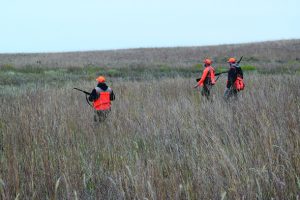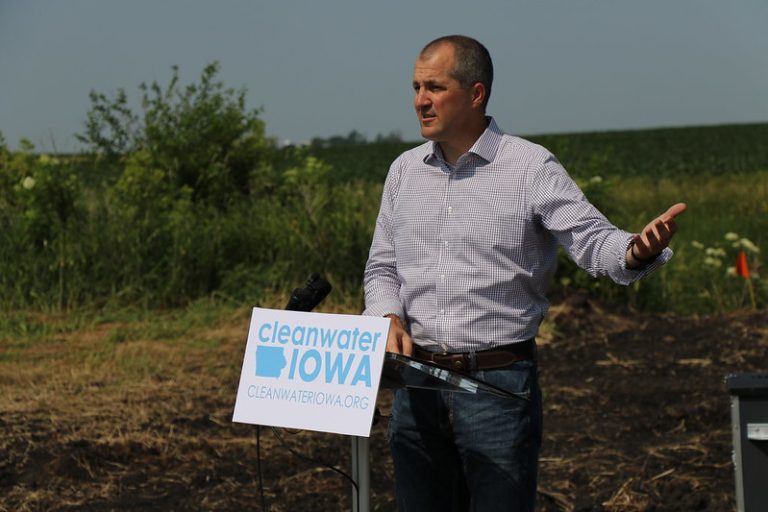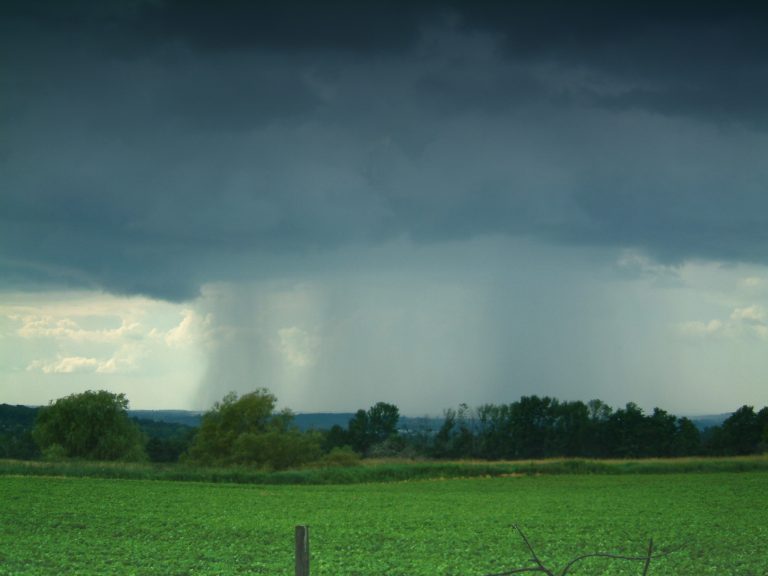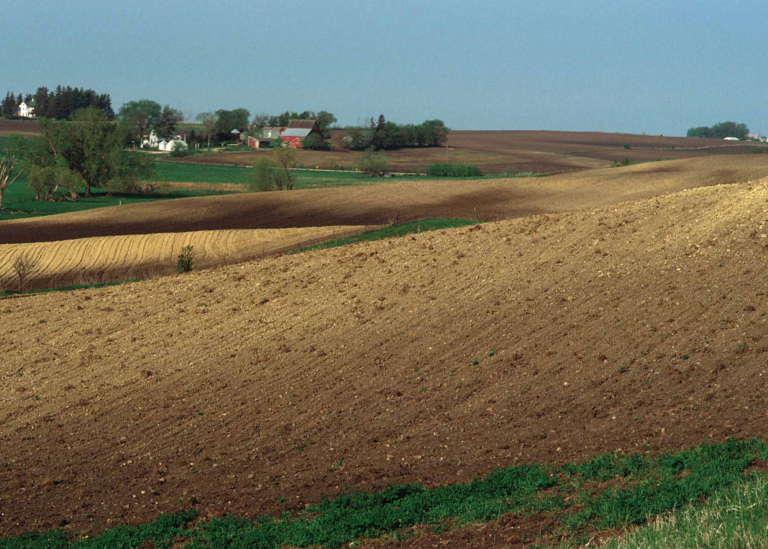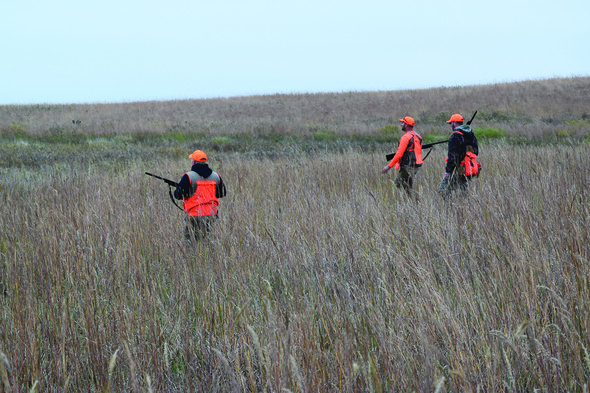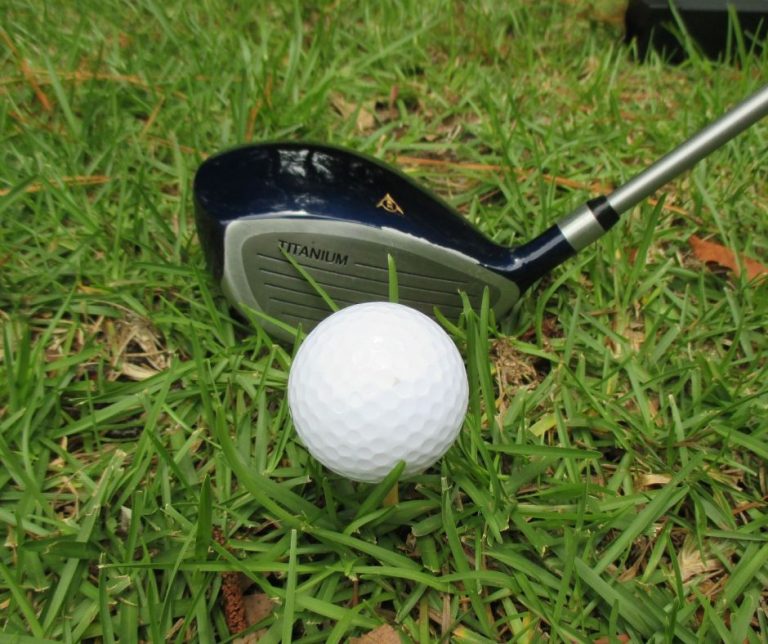IARN — Iowa State University Extension and Outreach recently concluded its virtual field day series.
Part five of the virtual series showed ISU studies on phosphorus and potassium placement. We learned more from Dr. Antonio Mallarino, professor and extension soil fertility specialist.
“The objective was to see what happened with P and K fertilizer placement for corn and soybean rotations managed with the classic chisel plow disc or no-till,” Mallarino said. “That was the main objective. We had different rates of P and K. In order to learn more, we actually have corn and soybeans each year with identical signs. That way, we can switch every year. We now have 24 years of this data.”
“The beans where I am standing, you can see that the color is a greenish pale,” he said. “We have this kind of symptom typical of potassium. If we go down the plant, we can see more clearly. Classically, when the beans are short, say V5 or V6, we see deficiencies only on the lower leaves. But when we get in this stage of growth, we start seeing deficiencies even in the top.”
Learn more about this study, and all parts of the series, by visiting the Iowa State Crops Team YouTube channel.
Story courtesy of the Iowa Agribusiness Radio Network.
Photo courtesy of ISU Extension

